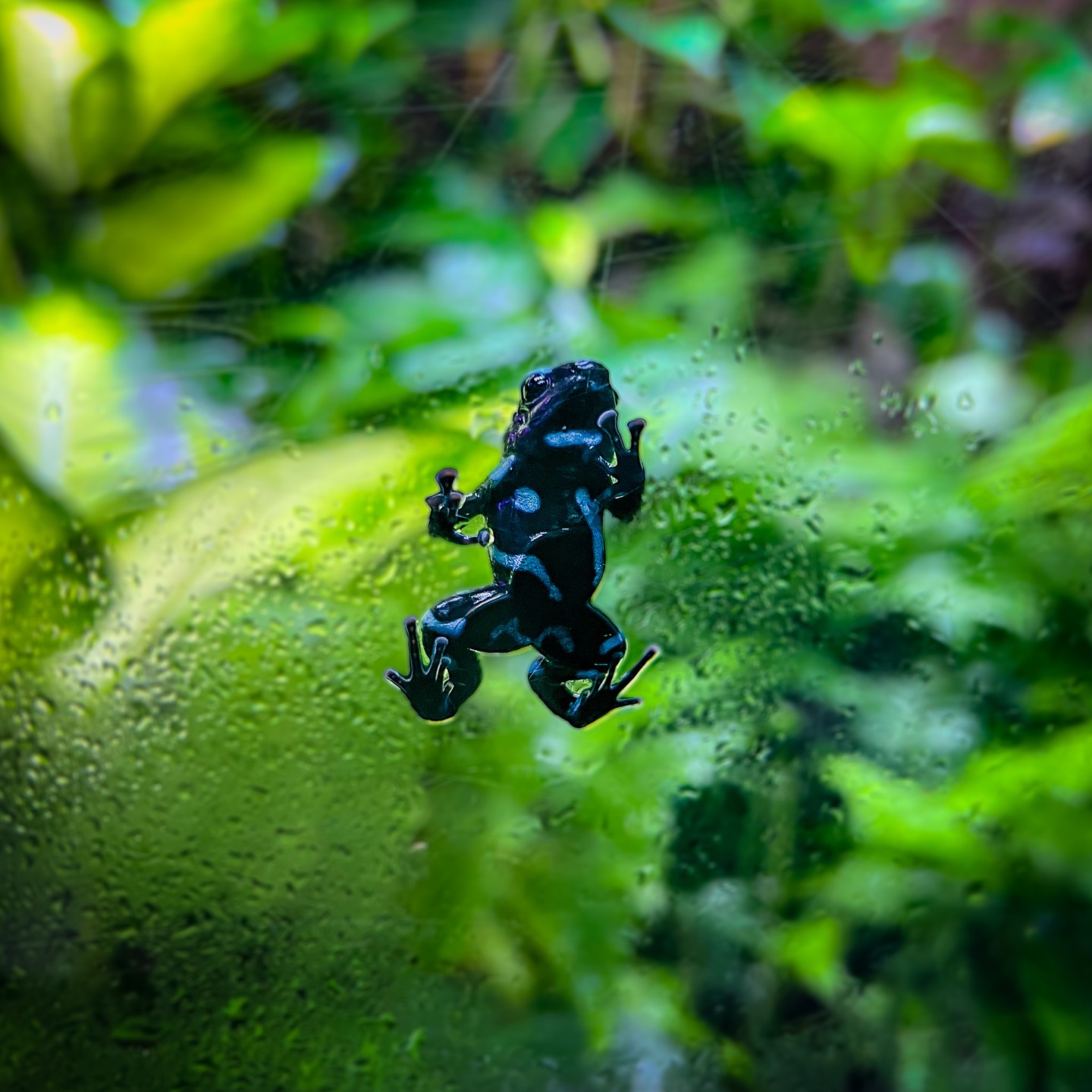- The significance of humidity in rainforest ecosystems
- The unique biodiversity supported by high humidity
- The role of humidity in zoo management and animal well-being
- Impacts of climate change on rainforest humidity and its consequences
- Conservation strategies focusing on humidity-dependent ecosystems
The significance of humidity in rainforest ecosystems cannot be overstated. Rainforests are characterized by high levels of humidity, consistently ranging between 75% and 100%. This humidity arises from the high rates of evapotranspiration facilitated by dense vegetation and abundant rainfall. The moisture plays a critical role in maintaining the complex web of life within these ecosystems. Plants, especially epiphytes and ferns, thrive in these conditions. They absorb moisture directly from the air and contribute to an even loftier humidity through transpiration. This creates a microclimate that supports a diverse array of flora and fauna.
Moreover, the impact of humidity extends beyond just plant life. Many animal species, particularly amphibians, are highly adapted to these moist environments. Skin moisture is vital for amphibians like frogs, as they absorb oxygen and moisture directly through their skin. If the relative humidity falls too low, these creatures struggle to survive. Furthermore, insects, birds, and mammals also depend on these humid conditions for breeding and foraging. Insects, for instance, require high humidity for effective reproduction, and many bird species have adapted their nesting habits to coincide with humid environments. These dependencies illustrate how humidity is not just a passive environmental factor; it actively shapes ecological relationships.
The unique biodiversity supported by high humidity is one of the most notable features of rainforests. These ecosystems could account for over half of the Earth’s plant and animal species despite covering only about 6% of Earth’s land area. The interactions among various life forms are intricate and highly specialized due to the warm and humid conditions. For example, the incredible diversity of orchids and bromeliads found in tropical rainforests reflects this specialization. Orchids often rely on specific insect species for pollination, while bromeliads provide microhabitats for countless organisms. Such interdependence emphasizes how humidity fosters not just biodiversity but also evolutionary adaptations that persist in these ecosystems.
Zoo management can benefit greatly from an understanding of humidity’s importance. Captive animals, particularly those from humid environments, require carefully controlled conditions to thrive. Zoo facilities often mimic the specific temperature and humidity levels found in their animal’s native habitats. For instance, herpetariums, which house reptiles and amphibians, are designed to maintain higher humidity to suit the needs of their inhabitants. Without these considerations, animals may exhibit stress, reduced reproductive success, and compromised health. Staff trained in zoology focuses on creating environments that reflect the natural habitats of the animals. By doing so, they promote both welfare and education for visitors, enhancing the overall zoos’ mission of conservation.
Maintaining proper humidity levels in zoos can be complex but crucial. Various techniques and technologies are employed to monitor and control humidity. Environmental monitoring systems can detect fluctuations, allowing staff to make real-time adjustments. Similarly, misting systems and humidifiers help maintain ideal conditions, especially in enclosures for species like tree frogs and tropical birds, which thrive in moist climates. Thus, effective zoo management incorporates not just the physical dimensions of enclosures but also the atmospheric conditions to ensure the health and well-being of animals in their care.
The impacts of climate change on rainforest humidity can have significant consequences. Higher global temperatures are expected to alter precipitation patterns, affecting humidity levels in many rainforest regions. For example, areas that traditionally experienced consistent rainfall may experience prolonged dry spells, leading to a decrease in humidity. This shift can directly threaten species that rely on stable humidity levels. As climate variables change, the delicate balance that supports countless species is disrupted. Species adaptations may no longer suffice for survival in these altered habitats, leading to increased vulnerability or even extinction.
Furthermore, deforestation aggravates the situation. Removing trees disrupts the evapotranspiration process, diminishing atmospheric moisture. This creates a feedback loop where decreased humidity can result in reduced rainfall, exacerbating conditions conducive to forest degradation. Conservation efforts must account for these shifts. Protecting existing rainforest ecosystems is vital, but we must also focus on strategies that enhance resilience against climate fluctuations. This includes reforestation projects aimed at restoring tree cover and promoting biodiversity to stabilize ecosystems facing humidity-related challenges.
To effectively target conservation strategies, a focus on humidity-dependent ecosystems is essential. Maintaining healthy rainforests can often involve a blend of scientific research and community engagement. Educational programs aimed at local communities emphasize the importance of these ecosystems and the role individuals play in their protection. Encouraging sustainable land practices, forest management, and biodiversity preservation fosters community involvement in conservation efforts.
Additionally, partnerships between governmental organizations, NGOs, and the scientific community can enhance conservation strategies. These collaborations can lead to the development of policies that protect humid environments while encouraging sustainable practices. Investing in research surrounding the specific needs of various species, and focusing on creating corridors that allow for animal movement, also benefits conservation efforts.
Waterway restoration is another critical component in the conservation of humidity-rich habitats. Rivers and streams within rainforest regions act as vital lifelines that support not only plant and animal life but also local communities. Protecting these waterways from pollution and over-extraction helps maintain both the humidity of the surrounding environment and the species that rely on these aquatic resources.
Beyond rainfall and temperature, humidity influences every aspect of rainforest life, from plant growth to animal behavior. Understanding how humidity affects ecosystems provides critical insights for the effective management of zoos and conservation strategies alike. Rainforests face vital threats from climate change and human activities, making ongoing research essential for protecting these biodiverse habitats.
Zoo animals benefit from environments designed with humidity in mind. Scientific understanding informs not only the construction of exhibits but also daily care practices. By focusing on animal needs and ensuring appropriate humidity levels, zoos contribute to the broader goals of conservation and education. Awareness of the intricate interactions in ecosystems encourages responsible engagement with wildlife and the environment.
As we look toward the future, efforts must intensify to understand and mitigate the impacts of changing humidity levels in rainforests. Preservation of these ecosystems not only supports biodiversity but also helps combat climate change by sequestering carbon. Engaging individuals and communities remains crucial for fostering a sense of stewardship. The more we understand rainforests and their dynamic humidity, the better equipped we become to safeguard these vital ecosystems for generations to come.
Rainforests, marked by their rich biodiversity, demonstrate the complex interplay of humidity and life. The urgency of their conservation is underscored by changing climates and human activities affecting these vibrant ecosystems. Promoting awareness, encouraging sustainable practices, and leveraging scientific research are keys to preserving the essential moisture that sustains life in rainforests. Embracing this multi-faceted approach ensures that we protect the biodiversity housed within and promote the resilience of our planet’s future.
*****
Source Description
You know what they say about rainforests – it’s not the heat, it’s the humidity.


